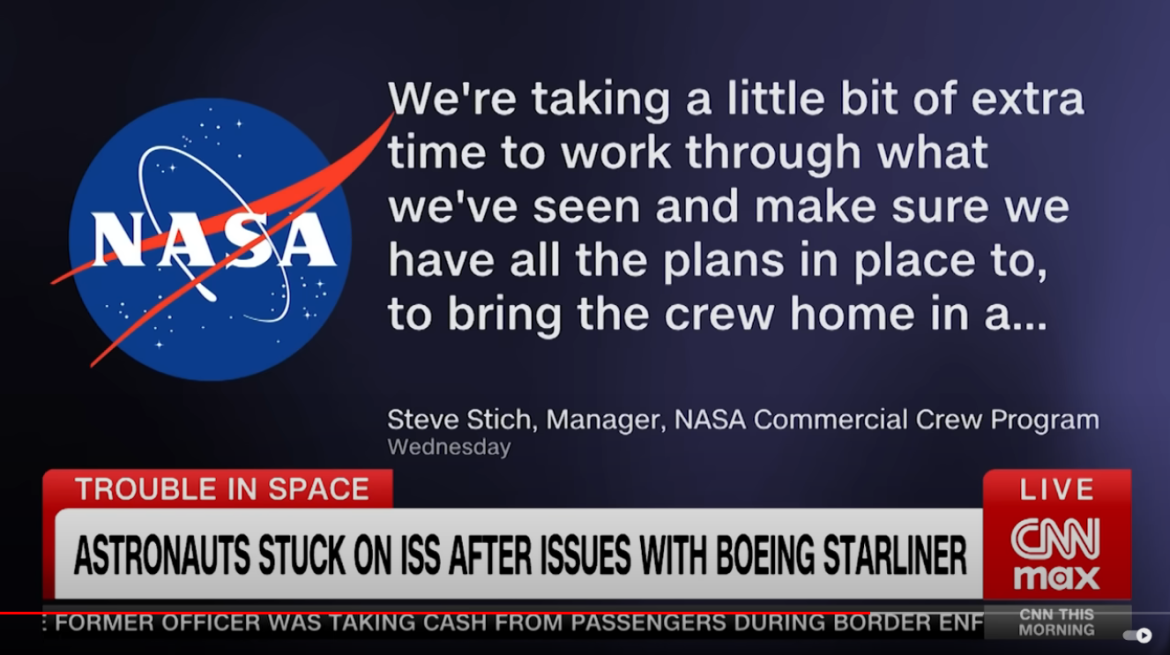The Starliner test flight to the International Space Station (ISS) remains ongoing as NASA engineers work diligently to address and resolve issues related to thruster performance and helium leaks. During Thursday’s status briefing, NASA’s Steve Stitch provided an update on the situation, emphasizing that no definitive date has been set for the return of astronauts Butch Wilmore and Suni Williams to Earth.
The astronauts launched aboard the Boeing Starliner spacecraft from Cape Canaveral on June 5th, embarking on a mission initially planned to last one week. However, complications with the spacecraft’s thrusters and helium system have extended their stay aboard the ISS. Stitch assured that the team is focused on ensuring the safe return of Wilmore and Williams, noting that the primary plan remains for the astronauts to come back to Earth in the Starliner capsule.
“We are thoroughly investigating the thruster and helium leak issues,” Stitch explained during the briefing. “Our top priority is the safety of the astronauts, and we are exploring all possible solutions to ensure a safe and successful mission conclusion.”
Engineers are conducting extensive analyses and tests to better understand the root causes of the malfunctions. The thruster issues have affected the spacecraft’s maneuverability, while the helium leaks pose a potential risk to the pressurization system. These challenges are being addressed with meticulous attention to detail, involving collaboration between NASA and Boeing’s technical teams.
Despite these setbacks, the Starliner test flight has provided valuable data and insights that will inform future missions. The spacecraft’s overall performance, aside from the identified issues, has met several key objectives, demonstrating progress in Boeing’s commercial crew program.
Stitch emphasized that contingency plans are in place should the Starliner be deemed unsafe for the return journey. Alternative options, including the possibility of using another spacecraft for the astronauts’ return, are being considered to ensure their safe passage back to Earth.
“The safety of our crew is non-negotiable,” Stitch reiterated. “While we remain optimistic about resolving the current issues, we are prepared to implement backup plans if necessary.”
The Starliner mission’s extended duration has also allowed Wilmore and Williams to contribute additional scientific research and maintenance activities aboard the ISS. The astronauts have adapted to the extended timeline, continuing their work while awaiting further instructions.
As the investigation continues, NASA remains committed to transparency and regular updates on the mission’s status. The collaboration with Boeing is focused on addressing the technical challenges and ensuring the long-term success and reliability of the Starliner program.
The outcome of this test flight will be critical in shaping the future of commercial crewed spaceflight, with lessons learned contributing to the refinement and improvement of spacecraft systems and protocols.



